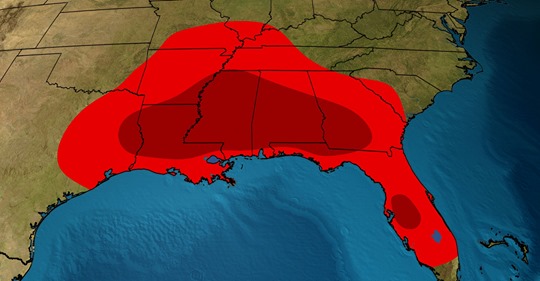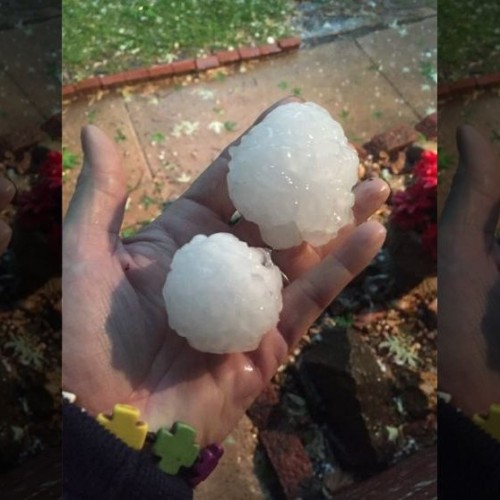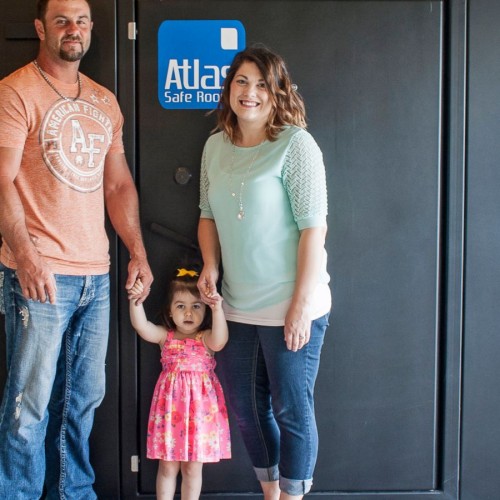January’s reputation for bone-chilling cold usually doesn’t make you think of tornadoes ripping up homes and trees, but they happen most years, and sometimes there can be large outbreaks.
The South is the region most likely to experience tornadoes in January, and occasionally tornadoes can spin up farther north. This so-called Dixie Alley is most likely area to get tornadoes in other colder months from fall into early spring.
A near perfect marriage between moisture and potent atmospheric triggers, like a low-pressure system and strong jet stream, must exist for tornado-producing thunderstorms to form in winter.
Because the South is closest to the milder and more humid air of the Gulf of Mexico, it’s the most-favored location for these ingredients to overlap in January. The biggest question when forecasting severe weather this time of year: Will sufficiently humid air move far enough north to destabilize the atmosphere and allow thunderstorm to form?
Over the last 20 years, an average of 42 tornadoes have occurred in the U.S. in January. That’s the third fewest of any month, but is roughly the same as December and February.
A January record 212 tornadoes hit the U.S. in 1999. There have also been years without a single January tornado, most recently in 2003.
January 2017 is the most recent active January with 137 tornadoes.
The largest outbreak that month was Jan. 20-22, when 79 tornadoes were spawned in the South. Twenty people were killed in Georgia and Mississippi.
A record-breaking January outbreak occurred in 1999 when 129 tornadoes struck in two days, mostly in the South.
The deadliest January tornadoes on record both killed 55 people. One of them was Jan. 3, 1949, in Warren, Arkansas, and the other was Jan. 11, 1898, in Fort Smith, Arkansas.
by Chris Dolce (2020, Jan 6) weather.com




